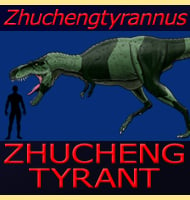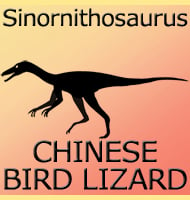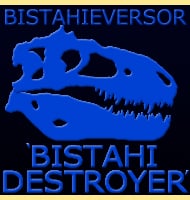Erlikosaurus
In Depth Named after Erlik, the demon king in Mongolian mythology, Erlikosaurus was a ground breaking discovery as it was the first therizinosaurid skull known to science. Despite the overall lack of other skeletal material, this skull made Erlikosaurus a model for other therizinosaurids, which at the time were only known from their post cranial … Read more


